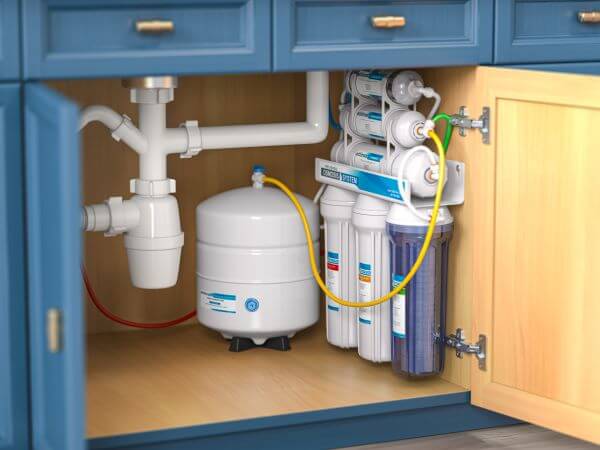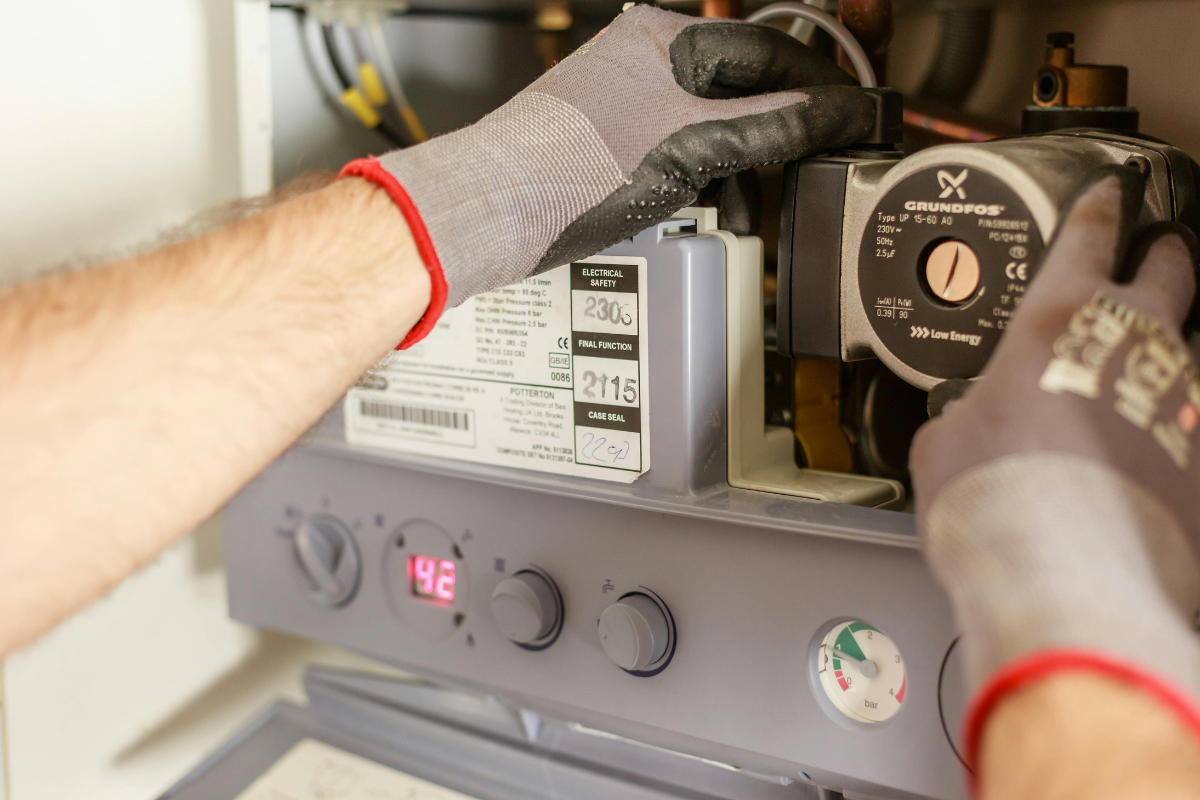Any individual will have their own individual conception involving 7 Plumbing Industry Trends You Need To Know.

Introduction
The pipes sector is undertaking a transformative stage driven by technological advancements and expanding problems for sustainability and efficiency. This article checks out arising trends and innovations shaping the future of pipes.
Smart Plumbing Solutions
Incorporating wise technology right into plumbing systems makes it possible for remote tracking, leakage detection, and automated maintenance. Smart sensing units and IoT (Net of Points) tools permit home owners and plumbers to keep an eye on water usage and spot concerns in real-time, resulting in much more effective source monitoring and aggressive maintenance.
Water Performance Solutions
With enhancing focus on water conservation, ingenious solutions are being created to reduce water waste in plumbing systems. High-efficiency components, greywater recycling systems, and clever irrigation controllers are amongst the modern technologies assisting consumers reduce their water footprint while keeping comfort and comfort.
Lasting Materials
The change towards sustainability reaches pipes materials, with a growing choice for environment-friendly options. Biodegradable piping materials, such as PEX (cross-linked polyethylene) and HDPE (high-density polyethylene), offer durability and resistance to deterioration without compromising environmental stability.
Predictive Maintenance
Predictive upkeep techniques take advantage of information analytics and machine learning algorithms to prepare for and stop pipes issues before they happen. By examining historic information and performance metrics, anticipating upkeep formulas can identify patterns and abnormalities, allowing proactive interventions to prevent costly repair work and interruptions.
Augmented Reality in Pipes
Augmented Fact (AR) technology is reinventing plumbing by supplying service technicians with real-time visual assistance for repairing and repair service tasks. AR-enabled wise glasses or mobile applications overlay digital information onto the physical environment, helping plumbing professionals imagine pipe designs, determine concealed leakages, and carry out repairs with accuracy.
Effect of 3D Printing
The advent of 3D printing has actually presented new possibilities in manufacturing pipes components. From custom-designed components to complex pipe installations, 3D printing allows for rapid prototyping and on-demand manufacturing, lowering lead times and enabling higher modification in plumbing layout.
Health and Safety Qualities
In action to heightened issues for health and wellness, pipes fixtures are integrating features such as antimicrobial surfaces, touchless operation, and self-cleaning mechanisms. These technologies not only improve hygiene but likewise promote user convenience and comfort.
Hygiene-focused Components
Touchless faucets, self-sanitizing commodes, and antimicrobial surface areas are coming to be progressively prevalent in property and commercial settings, minimizing the danger of bacterium transmission and advertising a cleaner, healthier environment.
Water Top Quality Tracking
Improvements in water top quality surveillance innovations allow property owners to check the purity and safety and security of their water in real-time. Smart water top quality sensing units can detect contaminants, pH levels, and temperature level variations, equipping individuals to take proactive actions to ensure water safety and security.
Remote Pipes Services
Remote diagnostics and virtual support are transforming the means pipes services are supplied. With video clip conferencing and remote accessibility innovations, plumbers can fix concerns, provide advice for DIY repair services, and even execute remote assessments, supplying greater access and convenience to property owners.
Challenges and Opportunities
While plumbing advancements hold immense guarantee, they additionally present difficulties such as data privacy problems, regulative conformity, and the requirement for labor force training. Dealing with these difficulties needs cooperation in between market stakeholders and governing bodies to make sure safe and liable application of brand-new modern technologies.
Governing Landscape
Regulative structures play a vital function in shaping the adoption of plumbing advancements, with requirements and codes regulating whatever from water performance to product safety and security. As modern technologies remain to progress, regulative bodies need to adapt to guarantee consumer protection and environmental stewardship.
Future Outlook
The future of plumbing is characterized by continued innovation and integration with other markets such as IoT, renewable resource, and structure automation. By welcoming sustainable practices, leveraging arising innovations, and prioritizing user-centric design, the plumbing industry is poised to attend to the developing requirements of society while minimizing its ecological impact.
Verdict
To conclude, the future of plumbing is specified by a merging of innovation, sustainability, and user-centric design. By accepting wise options, lasting products, and positive upkeep methods, the plumbing market can boost performance, advertise security, and contribute to a more lasting future.
Plumbing Technology Trends 2024: Shaping a Sustainable and Efficient Future
Plumbing Technology: A Beacon of Innovation
Intelligent Plumbing Systems: The adoption of smart plumbing solutions offers unparalleled control over water usage, preventing waste and ensuring optimal efficiency. These systems can be installed by qualified contractors and may require technicians with expertise in new codes for proper functionality. Eco-Friendly Piping: Innovations in piping materials, like PEX and recycled content options, are making plumbing systems more sustainable. These materials are not only better for the environment but also durable and flexible, making them easier to install and less likely to need repairs. Automated Leak Detection: New plumbing technologies include systems that can automatically detect leaks. This is a big deal because it means we can fix them before they cause a lot of damage or waste too much water. It’s all about catching problems early and saving resources. Energy-Efficient Water Heaters: There’s also a big push towards devices that use less energy. This includes solar and tankless models, which provide hot water only when it’s needed, cutting down on energy use and costs. Plumbers: Champions of Sustainability
Adopting Green Practices: Contractors who specialize in sustainable plumbing can ensure your system meets the latest regulations and utilizes efficient valves. They undergo comprehensive training programs that emphasize sustainability in practices like eco-friendly installations. Water Conservation Efforts: Through the installation of high-efficiency appliances, plumbers are essential in reducing water consumption and promoting conservation. When repairing or replacing older fixtures, plumbers can recommend high-efficiency options that comply with local codes. Pipe: The Lifeline of Modern Plumbing
Innovative Pipe Solutions: The use of environmentally friendly and durable materials in pipes, like PEX and recycled content options, reduces the ecological footprint and enhances water quality. These innovative pipe solutions may require specialized repair techniques from qualified plumbers familiar with the materials. Advanced Leak Detection: Modern pipes are now more frequently equipped with sensor technology that can identify leaks early, conserving water and preventing damage. Early leak detection can save homeowners money on repair costs and potential water damage. Water Heater: At the Forefront of Efficiency
Renewable Energy Heaters: Solar heaters and other renewable energy-powered models are becoming more common, offering an eco-friendly alternative to traditional methods. These benefit the environment but can also potentially lead to lower water bills through reduced energy use. On-Demand Heating: Tankless heaters have gained popularity for their ability to provide hot water as needed, minimizing energy waste. This innovative technology eliminates the need for a large storage tank, freeing up valuable space and simplifying the installation process for qualified plumbers. https://intownplumbingtx.com/articles/plumbing-technology-trends/

As an enthusiastic reader on 7 Plumbing Industry Trends You Need To Know, I think sharing that excerpt was worthwhile. Appreciated our blog entry? Please share it. Help other people find it. We treasure your readership.
Call Today